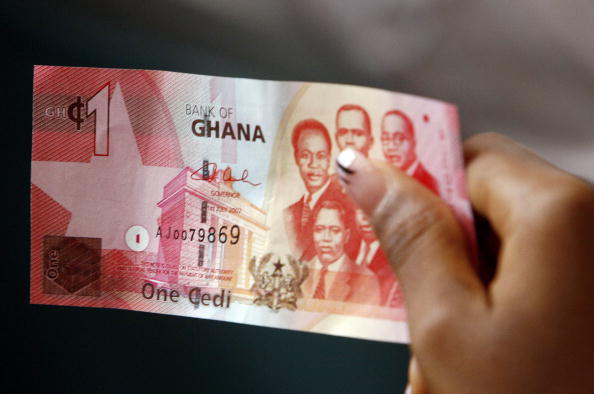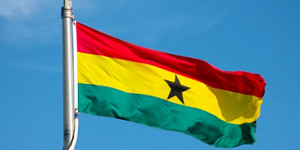Ghana's central bank cut its policy rate by another 100 basis points to 16.0 percent, saying current conditions provide scope to translate some of the recent gains in macroeconomic stability to the economy and the immediate risks to disinflation were contained.
The Bank of Ghana (BOG), which has been in a monetary easing cycle since November 2016, added domestic economic growth remains fairly robust and in line with projections and inflation, which has been declining steadily, is forecast to remain within the target band of 8.0 percent, plus/minus 2 percentage points.
BOG cut its rate by 300 basis points last year and has now cut its by 10 percentage points since November 2016 as inflation has steadily declined from over 19 percent in March that year to 9.4 percent in December 2018.
The decline in inflation has been helped by BOG's tight monetary policy and it said underlying inflationary pressures were contained with measures of core inflation pointing to a general easing, underpinned by well-anchored inflation expectations by consumers and business.
Ghana's cedi, which has been depreciating gradually since June last year, fell 1.2 percent in response to the rate cut to be down 1.6 percent since the start of the year.
Economic growth in 2018 was slower than in 2017 but BOG said private sector credit growth was continuing to recover and surveys show an easing of banks' credit stance in the first quarter of this year in line with their enhanced capital levels.
Business and consumer surveys also showed some rebound in confidence and optimism about the economy notwithstanding slower growth in the CIEA economic activity index for November of 3.1 percent, down from 8.3 percent in the same 2017 month.
Ghana's economy grew an annual 7.4 percent in the third quarter of last year, up from 5.4 percent in the two previous quarters, and BOG estimated overall 2018 growth of 5.6 percent.
The surplus in Ghana's trade balance grew to 2.7 percent of gross domestic product in 2018 from 2.0 percent in 2017, helping narrow the current account further to 3.2 percent of GDP from 3.4 percent in 2017.
But with lower net capital inflows, the balance of payments fell into a deficit of 1.0 percent of GDP from a surplus of 1.9 percent in 2017, BOG said, adding gross international reserves eased to US$7.0 billion at the end of December from 47.6 billion the end of 2017.





















































